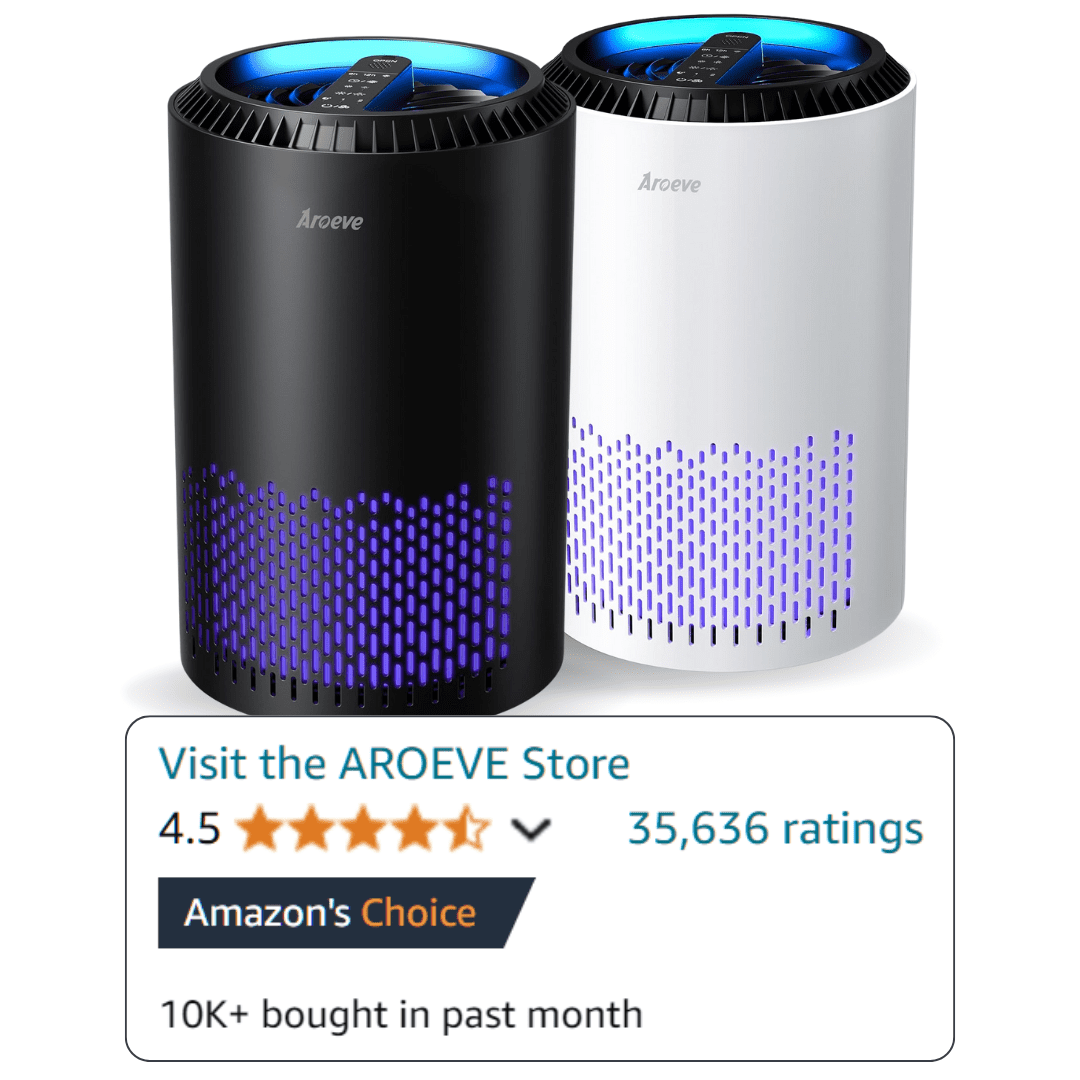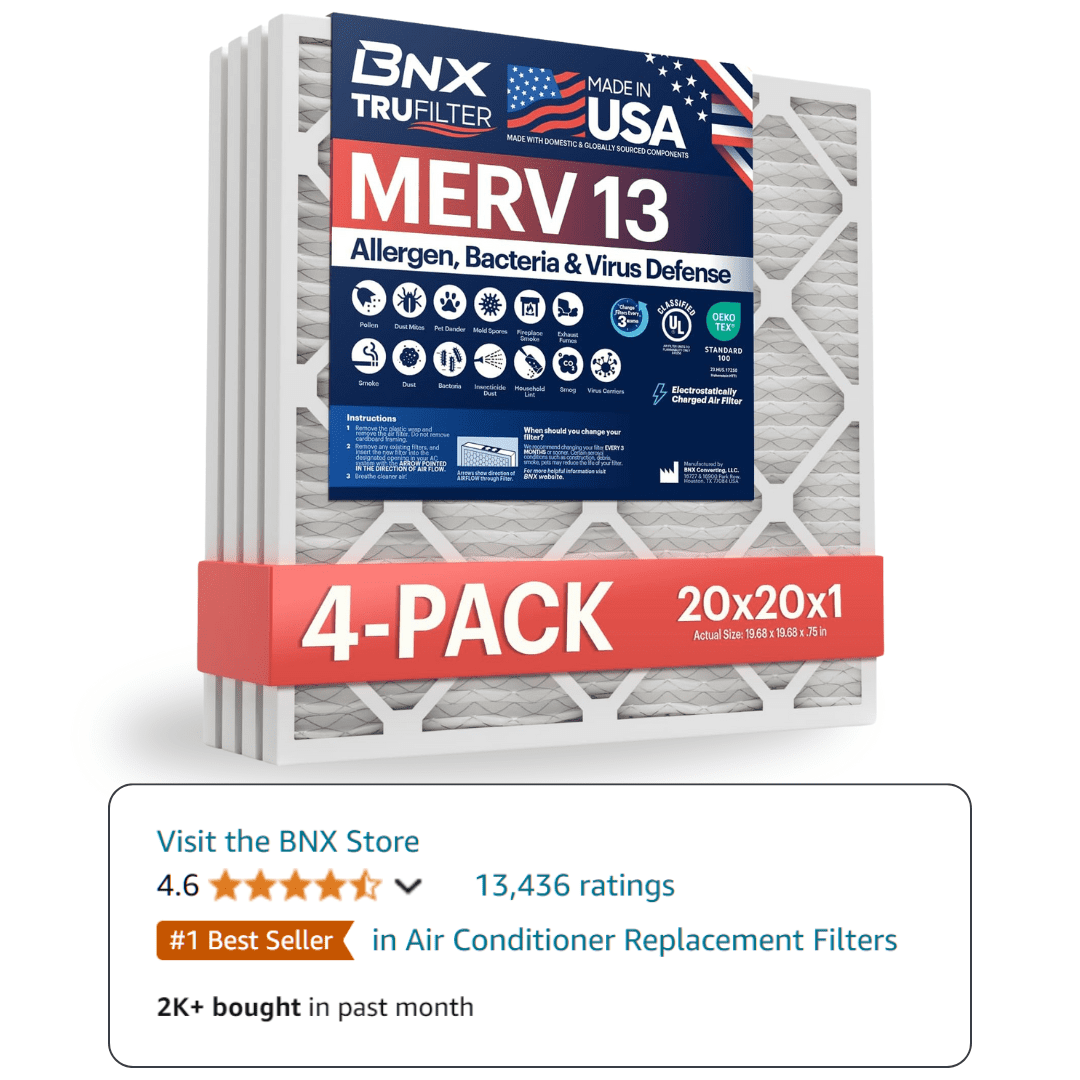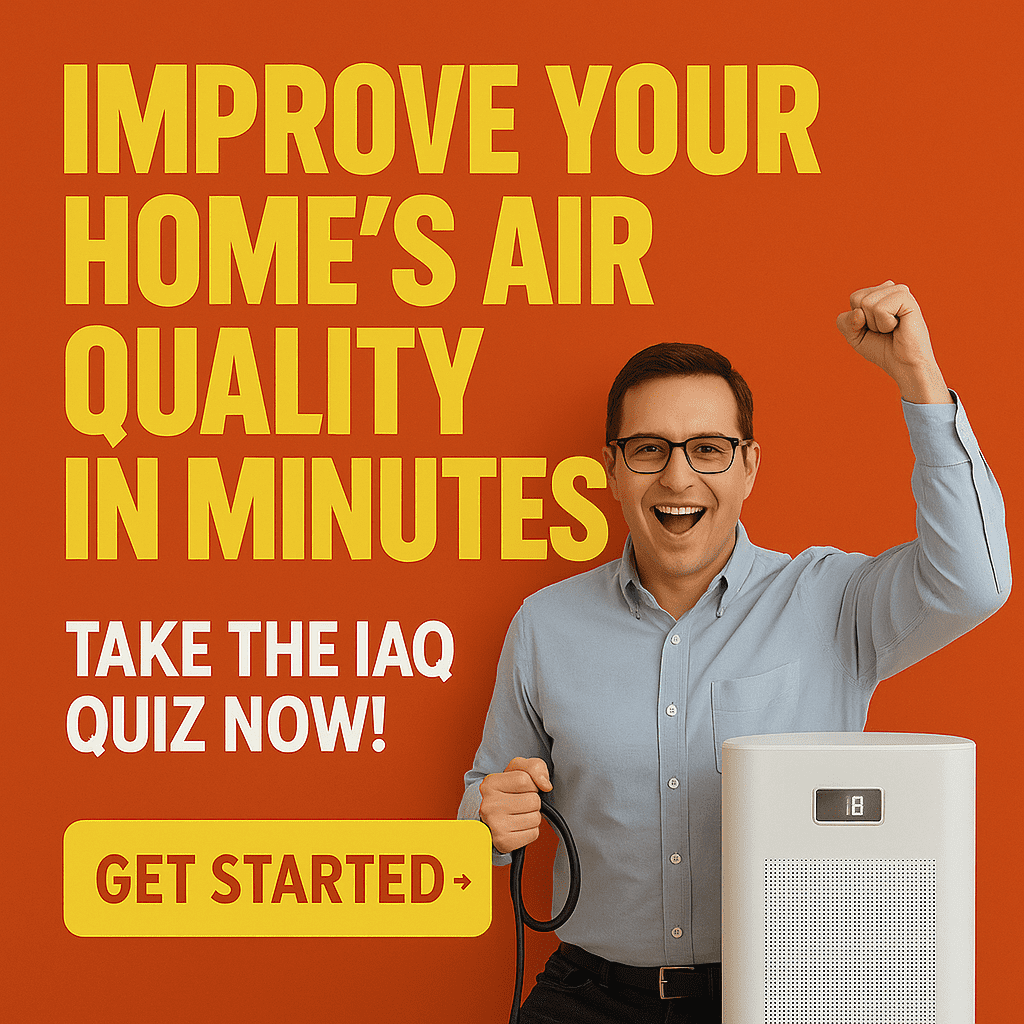What Makes IAQ Air Purifiers Different from Standard Units
Professional-Grade Filtration Technology
IAQ air purifiers use multi-stage filtration that goes beyond basic HEPA. Most systems combine HEPA filters with activated carbon, UV-C, and sometimes advanced technologies like photocatalytic oxidation (PCO) or bipolar ionization. These systems are tested to meet or exceed standards set by organizations like ASHRAE and NAFA. For example, a typical professional system will include a MERV 13 or higher filter, which captures fine particulates, pollen, and even some bacteria and viruses. Activated carbon layers remove volatile organic compounds (VOCs) and odors, while UV-C or PCO stages target biological contaminants.
Whole-Home Integration Capabilities
Unlike portable units, professional IAQ air purifiers are often installed directly into HVAC systems. This allows for whole-home or whole-building air purification, ensuring every room receives treated air. Integration with HVAC also means the system can operate automatically based on air quality sensor data, adjusting filtration rates as needed. This approach is more effective than relying on multiple portable units, especially in larger or multi-zone buildings.
Real-Time Air Quality Monitoring Features
Modern IAQ systems include real-time air quality monitoring. Sensors track particulate matter (PM2.5, PM10), VOCs, carbon dioxide, and sometimes humidity and temperature. Data is displayed on digital panels or sent to building management systems. This allows for immediate response to air quality issues and provides documentation for compliance with EPA and local health guidelines. Some systems can even send alerts to facility managers or homeowners when air quality drops below a set threshold.
Top IAQ Air Purifier Technologies for 2025
HEPA + Activated Carbon Systems
HEPA (High-Efficiency Particulate Air) filters are the industry standard for removing fine particles. When paired with activated carbon, these systems also capture gases, odors, and VOCs. For example, a hospital-grade system might use a true HEPA filter (99.97% efficiency at 0.3 microns) plus a thick carbon bed to remove formaldehyde and other chemical pollutants. This combination is recommended by the EPA for environments with both particulate and chemical concerns.
UV-C Light Integration
UV-C light is used to inactivate bacteria, viruses, and mold spores that pass through the system. When installed after the HEPA and carbon stages, UV-C can reduce microbial growth on filters and internal surfaces. The CDC and ASHRAE both recognize UV-C as an effective supplemental technology, especially in healthcare and high-occupancy buildings. However, UV-C should be used as part of a multi-stage system, not as a standalone solution.
Bipolar Ionization Technology
Bipolar ionization releases charged ions into the air, which attach to particles and cause them to clump together. This makes it easier for filters to capture ultrafine particles and can also reduce some VOCs and odors. Recent studies (see NIH and ASHRAE research) show that properly designed bipolar ionization systems can improve air quality, but they must be installed and maintained correctly to avoid ozone production.
Photocatalytic Oxidation (PCO) Systems
PCO uses UV light and a catalyst (usually titanium dioxide) to break down VOCs and biological contaminants at a molecular level. This technology is effective for removing low-level chemical pollutants and odors. However, PCO systems should be tested for byproduct formation and used in conjunction with HEPA and carbon filters for best results.
Choosing the Right IAQ Air Purifier for Your Space
Room Size and CADR Requirements
Clean Air Delivery Rate (CADR) is a key metric for sizing air purifiers. For whole-home systems, calculate the total air volume and select a system that can cycle the air at least 4-6 times per hour. For example, a 2,000 sq. ft. home with 8-foot ceilings needs a system rated for at least 16,000 cubic feet. Always check manufacturer CADR ratings and compare them to your space.
Specific Pollutant Targeting
Identify the main pollutants in your environment. If you have high VOCs from new furniture or renovations, prioritize systems with thick activated carbon filters. For allergy or asthma concerns, focus on HEPA filtration and real-time PM2.5 monitoring. In areas with wildfire smoke, a combination of HEPA and carbon is essential.
Integration with Existing HVAC Systems
Professional IAQ air purifiers are most effective when integrated with central HVAC. This allows for even distribution and automated operation. Work with a certified HVAC contractor to ensure compatibility and proper installation. Some systems can be retrofitted to existing ductwork, while others may require upgrades.
Professional vs. Portable Solutions
Portable air purifiers are suitable for single rooms or temporary needs. For long-term, whole-building protection, invest in a professional system. Portable units cannot match the coverage, automation, or monitoring capabilities of integrated IAQ solutions. For more on this, see our guide to professional whole-home air purification systems.
Installation and Maintenance Best Practices
Professional Installation Requirements
Always use a licensed HVAC contractor with experience in IAQ system installation. Improper installation can lead to air leaks, reduced efficiency, or even system failure. Contractors should follow ASHRAE and NAFA guidelines for filter placement, airflow, and electrical safety. Ask for references and check certifications before hiring.
Filter Replacement Schedules
HEPA and carbon filters must be replaced regularly to maintain performance. Most systems require filter changes every 6-12 months, but this varies based on usage and pollutant load. Some advanced systems include filter life sensors or send alerts when replacement is needed. Always use manufacturer-approved filters to ensure proper fit and filtration.
Performance Monitoring and Testing
Regularly test your system’s performance using air quality monitors. Compare sensor data before and after filter changes. Schedule annual inspections with your contractor to check for leaks, electrical issues, and sensor calibration. Document all maintenance for warranty and compliance purposes. For more on professional IAQ evaluation, see our indoor air quality assessment.
Cost-Benefit Analysis: IAQ Air Purifiers vs. Alternatives
Initial Investment vs. Long-term Health Benefits
Professional IAQ systems typically cost $1,500-$5,000+ including installation. While this is higher than consumer models, the benefits include whole-home coverage, advanced monitoring, and compliance with health standards. Long-term health benefits include reduced allergy and asthma symptoms, lower absenteeism, and improved cognitive performance. Studies from the EPA and NIH show that improved IAQ can lead to measurable productivity gains and healthcare savings.
Energy Efficiency Considerations
Modern IAQ systems are designed for energy efficiency. Look for systems with variable-speed fans, smart controls, and low-resistance filters. Properly installed systems add minimal load to HVAC energy use. Some models qualify for utility rebates or tax incentives. Always compare energy ratings and ask your contractor about efficiency features.
Maintenance Cost Comparisons
Annual maintenance costs include filter replacements ($100-$400/year), sensor calibration, and occasional repairs. Compared to the cost of multiple portable units or frequent HVAC repairs due to poor air quality, professional systems are often more cost-effective over time. For a detailed breakdown, see our filtration technology comparison.
Frequently Asked Questions
- What’s the difference between IAQ air purifiers and regular air purifiers? IAQ air purifiers are designed for professional, whole-home or commercial use. They use advanced multi-stage filtration, integrate with HVAC systems, and include real-time monitoring. Consumer models are typically portable and less comprehensive.
- Do IAQ air purifiers work with existing HVAC systems? Yes. Most professional systems are designed for direct integration with central HVAC, allowing for automated, whole-building air purification.
- How much do professional IAQ air purifier systems cost? Expect to pay $1,500-$5,000+ for a complete system, including installation. Costs vary based on technology, coverage area, and monitoring features.
- What pollutants do IAQ air purifiers remove? They target particulates (PM2.5, PM10), VOCs, biological contaminants (bacteria, viruses, mold), odors, and some gases. The exact range depends on the filtration stages included.
- How often do IAQ air purifier filters need replacement? Most HEPA and carbon filters require replacement every 6-12 months. Some systems have sensors to alert you when it’s time.
- Are IAQ air purifiers effective against wildfire smoke? Yes. Systems with HEPA and activated carbon are highly effective at removing smoke particles and odors.
- Can IAQ air purifiers help with allergies and asthma? Absolutely. By removing allergens and irritants, these systems can reduce symptoms and improve comfort.
- What certifications should I look for? Look for systems tested to ASHRAE and NAFA standards, with clear CADR and MERV ratings. EPA and Energy Star certifications are also valuable.
- How do I know if my system is working? Use real-time air quality monitors and compare data before and after installation. Many systems provide digital readouts or app-based monitoring.
- Where can I find more information? Visit ASHRAE, NAFA, and the EPA IAQ for technical standards and best practices.
For more on professional whole-home air purification systems, see our complete guide. To understand VOC removal capabilities, read our article on what are volatile organic compounds. For a detailed filtration technology comparison, visit MERV vs HEPA filters. For professional IAQ evaluation, see our indoor air quality assessment.
Professional IAQ air purifier systems are a long-term investment in health, comfort, and building value. Work with certified experts, follow best practices, and use authoritative resources to ensure the best results for your space.



